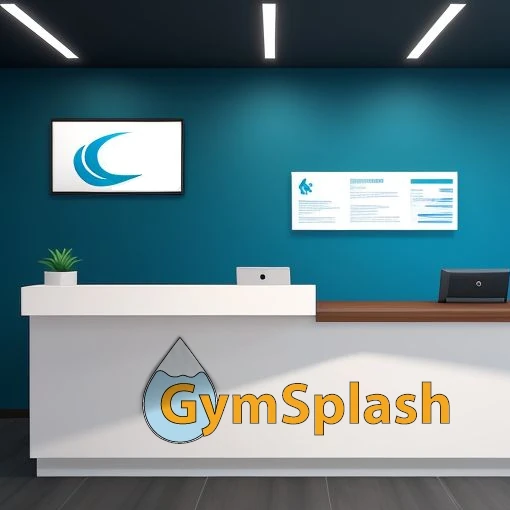Over the past decade or so, we’ve seen the rise of more specialized fitness studios and training systems making waves in the fitness market. While the demand has undoubtedly justified this shift, it seems that the marketing tactics invoked by those breaking the traditional mold haven’t entirely kept up. Therefore, we will dive into what goes into marketing a specialized fitness studio and effectively growing your sales processes.
Defining and Researching Your Niche
As with anything specific, you need to identify and define what makes your business different. However, one key factor in that process involves precisely understanding who the people you are building your business for are. We refer to this core customer base as the target audience, and thoroughly knowing and understanding exactly who they are is critical for success—especially in a niche market.
After you’ve identified your niche and target audience, the next logical step, from a business perspective, is to research competition and potential demand in areas of interest. Competitive research doesn’t have to be scientific, but it should be comprehensive. Knowing what other gyms, studios, and facilities are in the areas is essential to understanding market saturation. Additionally, it’s imperative to research if anyone is already operating within your niche – and if so, thoroughly analyze them to determine if you are capable and willing to compete for the same market share.
Last, understanding your niche’s business model and profit structure is fundamental for long-term success. Will your business require a lot of marketing and sales? Are churn rates in your niche high? What type of sales plan does the company run on, and what is the estimated cash flow? These types of questions are vital to grasp when building your business plan and researching markets, locations, and local demographics.
Crafting a Unique Selling Proposition
The next step involves defining your fitness facility’s strategic points of distinction after properly defining your target audience and conducting market research. While some may refer to this as the unique selling proposition (USP), it ultimately boils down to what makes your fitness business stand out or what you do exceptionally well.
The USP provokes interest because it is unique; however, how you show, explain, and market that golden nugget is crucial. If you fall into the groove of mimicking the other players in your market, you become part of the indistinguishable noise. Therefore, you can adequately leverage your business into a favorable position to Make A Splash by knowing your key selling points, points of distinction, and target audience’s values and interests at the various stages of their buyer’s journey.
Pricing is the final factor we will touch on when crafting your USP. While we won’t discuss specifics for the various industries, audience demographics, and business structures, we will give a few points to consider.
- What are your target audience’s values, average income, and interest/investment level?
- Knowing what portion of the local population fits into the potential client/member category can help grasp the market potential.
- What are other similar gyms/studios charging in your area?
- Even if not directly in your niche, comparables never hurt.
- Is your distinction point and business model built on quality or value?
- Quality typically invokes a higher rate, whereas value focuses on lower costs and a higher volume of clients/members.
Answering these questions should help you have some better insights as to where you may find the best place to land with your initial pricing structure.
Brand Identity and Social Proofing
Branding is often where many owners and future owners of niche facilities think they should start, probably because it’s fun, light, and sexy. Nevertheless, developing a solid brand involves much more work behind the scenes. Building on the foundation of information up to this point, the polished portion of the brand becomes the final product for marketing that you promote to capture the attention of the right people (ahem, that target audience we keep talking about).
The brand identity involves more than a logo, color scheme, or even the aesthetic of your facility. It’s essentially a vehicle to convey your niche facility’s values, expertise, authority in your category, or even dedication to client satisfaction. So when you get to the point of picking colors, equipment, logos, and facility aesthetic, you can lean on these factors you want to convey to help guide your decision as to what will work best to draw in the people you need.
Once your brand has been established and your business is operational, the next step is building and optimizing your fitness facility’s sales funnel. Adding ways to reduce the human interaction variable when possible can be a good initiative with your website to help reduce friction from response time delays during the buyers’ journey. Therefore, developing self-serving information for prospects to easily find and interact with to help answer any questions or properly inform and convey your USP can enable better sales conversions.
Building on the content topic for your website, adding elements of social proofing for a fitness studio can also help enable better sales and conversion rates. Things like testimonials, before-and-after photos, and legitimate reviews for your fitness facility can help sway people to purchase or join. Further, making your content and brand easy to discuss or mention is also beneficial for facilitating word-of-mouth marketing.
Making A Splash
Starting and operating a niche-based fitness studio can be lucrative. However, for long-term growth and success, starting with a strong focus on your audience, points of distinction, and understanding of your market, business structure, and local competition is necessary. Investing time and energy upfront in your business will help you establish a strong foundation for business sustainability and growth. These factors also help make business-based decisions easier in future endeavors like marketing strategy, branding, and sales funnel development.



